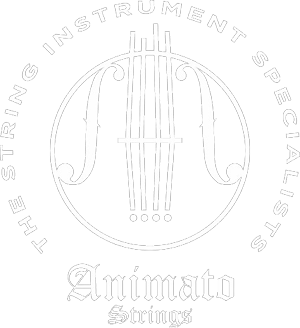In the vibrant tapestry of 20th-century music, few threads shine as brightly as that of Astor Piazzolla, the Argentine composer and bandoneon player who revolutionized tango and left an indelible mark on the world of music. Born on March 11, 1921, in Mar del Plata, Argentina, Piazzolla’s journey from a young boy in New York City to becoming the father of Nuevo Tango is a tale of passion, innovation, and unwavering dedication to his art.
Piazzolla’s musical odyssey began in the bustling streets of New York, where his family moved when he was just four years old. It was here, amidst the jazz clubs and the echoes of Bach from neighboring apartments, that young Astor first encountered the bandoneon, the instrument that would become an extension of his very being. His father, nostalgic for the sounds of their homeland, gifted him the instrument, unknowingly setting in motion a musical revolution.
Returning to Argentina as a teenager, Piazzolla immersed himself in the world of tango, playing in traditional orchestras and honing his craft. However, it was his insatiable curiosity and desire for musical growth that led him to study classical composition under the renowned Alberto Ginastera. This fusion of tango roots and classical training would become the cornerstone of Piazzolla’s unique style.
In 1954, Piazzolla won a scholarship to study in Paris with the legendary Nadia Boulanger. It was Boulanger who encouraged Piazzolla to embrace his tango roots, recognizing in them his true musical voice. This pivotal moment sparked the creation of Nuevo Tango, a bold reimagining of the traditional Argentine dance music that incorporated elements of jazz and classical music.
Piazzolla’s Nuevo Tango was met with resistance from tango purists, who saw his innovations as a threat to the genre’s traditions. Undeterred, Piazzolla pressed on, forming various ensembles to perform his groundbreaking compositions. Works like “Adiós Nonino,” a poignant tribute to his father, and “Libertango,” which became an international sensation, showcased Piazzolla’s ability to infuse tango with complex harmonies, jazz-inspired improvisation, and classical structures.
Throughout his career, Piazzolla collaborated with a diverse array of musicians, from classical virtuosos to jazz legends, further expanding the boundaries of his music. His compositions ranged from intimate chamber pieces to full orchestral works, always retaining the passionate essence of tango while pushing it into new territories.
Piazzolla’s impact on music extends far beyond the world of tango. His innovative approach inspired countless musicians across genres, and his compositions have been performed by classical orchestras, jazz ensembles, and rock bands alike. The raw emotion and technical brilliance of his music continue to captivate audiences around the world, cementing his status as one of the most influential composers of the 20th century.
Despite facing health challenges in his later years, Piazzolla’s creative spirit never dimmed. He continued to compose and perform until shortly before his death on July 4, 1992, leaving behind a rich legacy of over 3,000 works. Today, Astor Piazzolla is celebrated not just as a tango revolutionary, but as a musical visionary whose art transcends cultural and stylistic boundaries.
Piazzolla’s life and work remind us of the transformative power of music and the importance of staying true to one’s artistic vision. His journey from a young immigrant boy to a globally renowned composer is a testament to the universal language of music and its ability to touch hearts across cultures. As we continue to discover and rediscover Piazzolla’s music, we are reminded of the enduring impact of an artist who dared to reimagine tradition and, in doing so, created something truly timeless.


